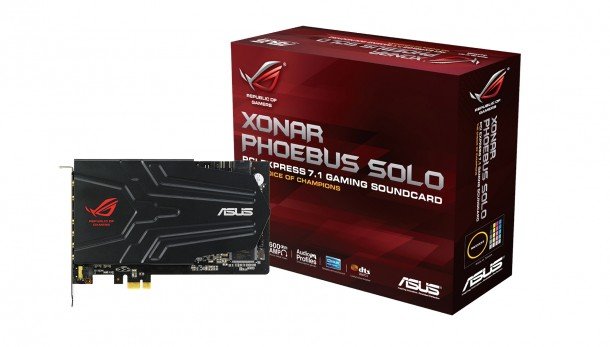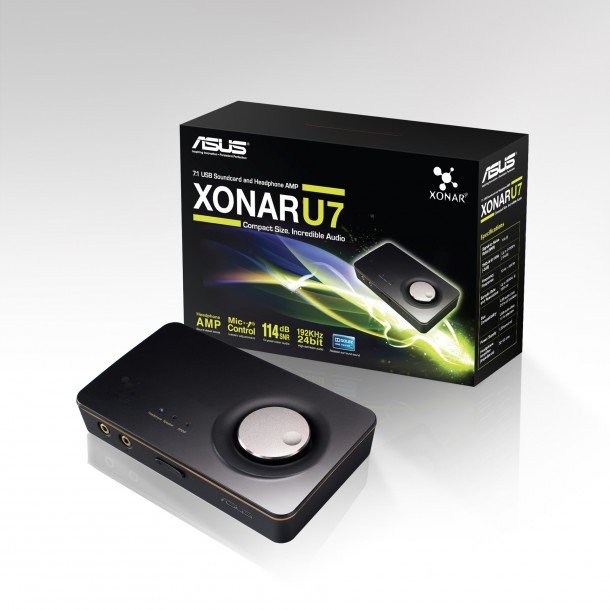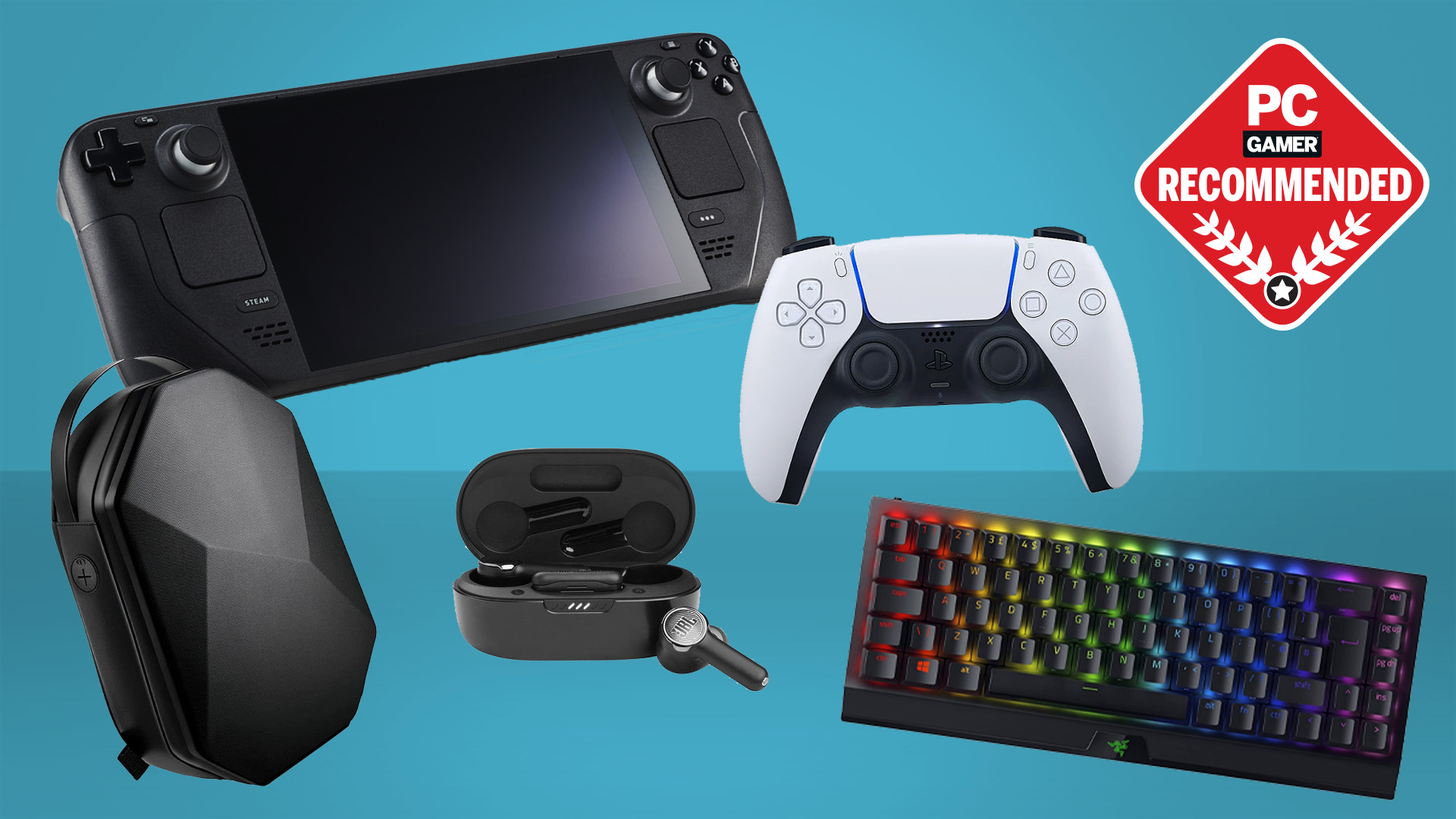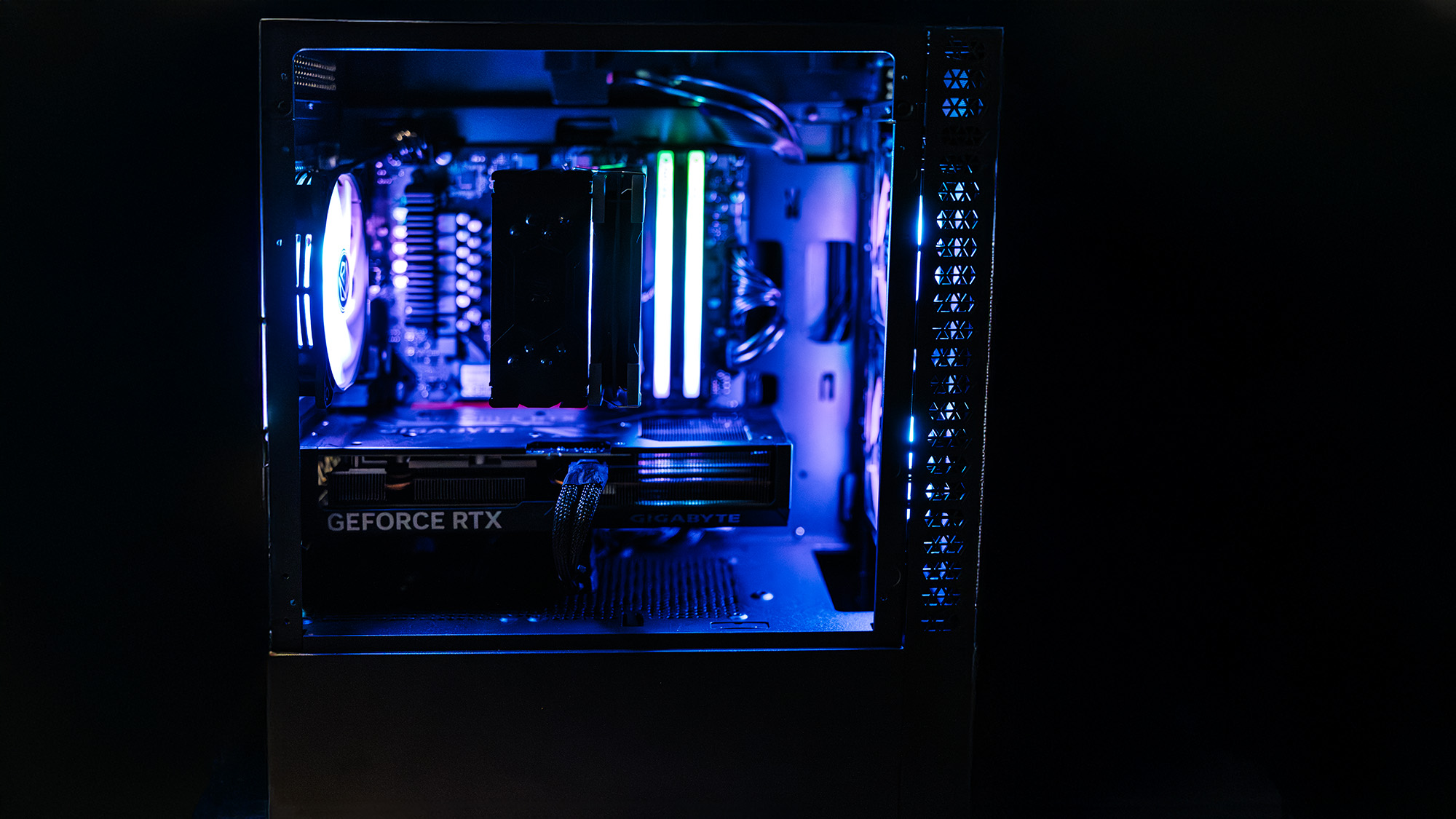Asus Xonar U7 and Phoebus Solo revealed: external and internal soundcards for aural gaming goodness

Whether you're eager to dig around the insides of your PC or whether the mere sight of a screwdriver fills you with unearthly terror, Asus has got some seriously high-end soundcards for you. They've just announced the Xonar U7 and the Republic of Gamers Xonar Phoebus Solo to further strengthen their already impressive audio lineup. The Xonar U7 is a USB-powered external soundcard with a built-in headphone amp and the Xonar Phoebus Solo is an aggressive-looking PCIe internal soundcard. Both are high-end products with the updated Xonar Phoebus Solo just about edging it in terms of raw specifications.
The original Phoebus ( reviewed here by our chum Adam ) was an awesome-sounding internal card delivering crystal-clear audio with pin-point surround-sound precision in games and fantastic soundscapes with movies and music. This new card seems to have the same high-end internal specs, but without the breakout control box the original version had.
And those headline specs are impressive, with a frequency response of 10Hz to 48kHz and a signal to noise ratio (SNR) of up to 118dB. So, it's still got the audio goods. Fingers crossed the lack of the control box should make it a little cheaper, too.
Adam's one complaint with the original card was some flaky drivers and that has been a focus for Asus with the Solo version. Anyone who already has a Xonar Phoebus won't miss out either, as the updated drivers will also work with the older card.

The Xonar U7 is a similarly well-specced bit of kit, but will sit on the desktop rather than inside your machine. That means you'll be able to get some awesome audio out of your laptop if you fancy creating a wee speaker dock for it when you're gaming at home. Like the Phoebus it's also got a dedicated headphone amplifier too, so your high-end headset is going to get a thorough working out with the U7.
It's not quite as highly specced as the Phoebus, with the frequency response for example losing a touch at the high-end, rated at 10Hz-46kHz. But considering most headphones struggle to offer frequency response above the 20kHz mark it's not likely to be a problem. Both new bits of audio tech should be around sometime next month, so keep 'em peeled.
The biggest gaming news, reviews and hardware deals
Keep up to date with the most important stories and the best deals, as picked by the PC Gamer team.

Dave has been gaming since the days of Zaxxon and Lady Bug on the Colecovision, and code books for the Commodore Vic 20 (Death Race 2000!). He built his first gaming PC at the tender age of 16, and finally finished bug-fixing the Cyrix-based system around a year later. When he dropped it out of the window. He first started writing for Official PlayStation Magazine and Xbox World many decades ago, then moved onto PC Format full-time, then PC Gamer, TechRadar, and T3 among others. Now he's back, writing about the nightmarish graphics card market, CPUs with more cores than sense, gaming laptops hotter than the sun, and SSDs more capacious than a Cybertruck.

